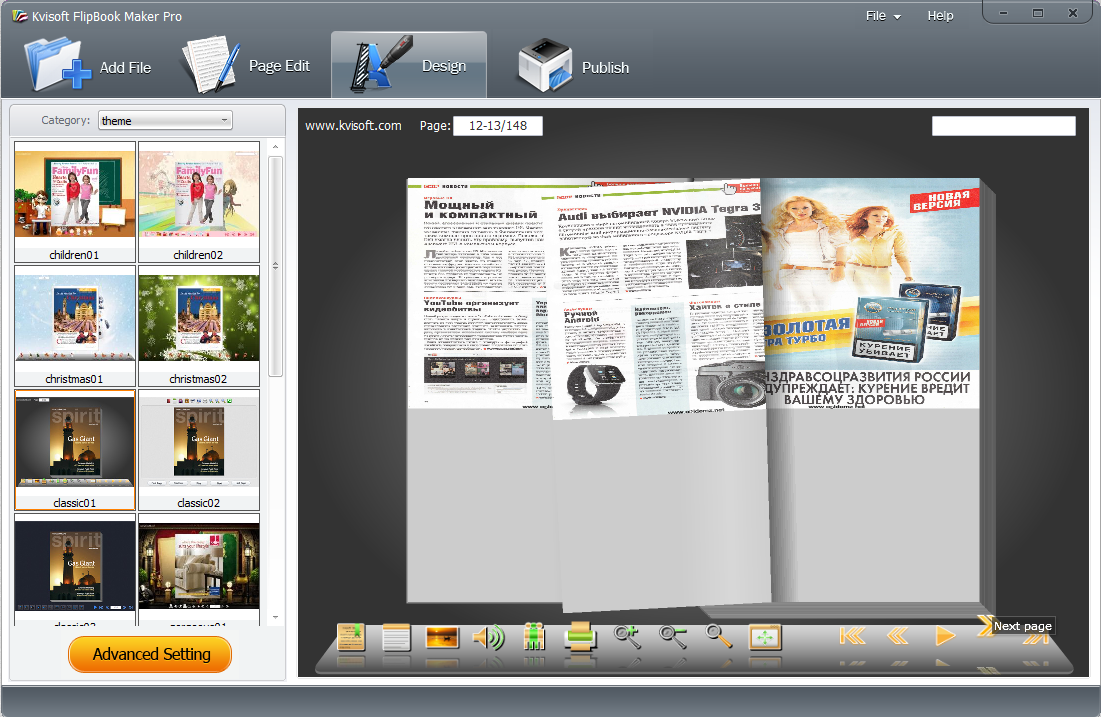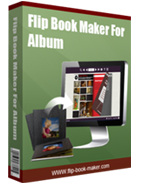

G1 students demonstrated a standard procedure for acquiring a linguistic, socio-cultural CCC with a “lag” of the regional geography component. The practical results prove the advantages of certain social media applications in the acquisition of English-language components of communicative competences (CCC). The educational platforms, programmes, Internet resources were also used in accordance with the goals and topics of training sessions.

Observations and testing of students while developing foreign language communicative competence were carried out while writing e-mails and creating videos for TikTok in English. During the research, experimental training was carried out with the use of social media applications for the development of foreign language communicative competence in second-year students of groups G1, G2. The description and verbal recording of the results of the study confirm its effectiveness. Statistical processing of the data obtained during pedagogical experiment was carried out, visualization with the use of graphic method is applied.

Several scientific methods were used: observation, testing, experimental training etc. The aim of the article is to determine the effectiveness of various international tools designed to develop students’ English-language communicative competencies. Based on the trial, it was concluded that the results of developing the E-LKPD product for HOTS-based thematic learning were valid, practical, and interesting to use in learning in grade IV elementary schools. The results of the analysis of the practicality of the E-LKPD can be assessed from the results of the teacher's questionnaire score obtained a score of 3.43 in the "very practical" category while the results of the analysis of the attractiveness of the E-LKPD obtained from the results of the student questionnaire score with a score of 3.19 in the "good" category. The average validation result of media experts is 3.6 with the "very valid" category, while the material expert is 3.83 with the "very valid" category and the linguist is 2.83 in the "valid" category with revisions. The research instrument is a teacher response questionnaire for practicality and a student response questionnaire for attractiveness. Validation is carried out by three validators, namely content, material, and language validators. Data analysis techniques were carried out descriptively, qualitatively, and quantitatively. The E-LKPD product that has been developed is then tested on validators, teachers, and students to determine the effectiveness of its use. The development model uses the ADDIE model which consists of the Analysis, Design, Development, Implementation, Evaluation stages. This research is a type of development research (RnD). This study aims to develop Electronic LKPD (E-LKPD) thematic learning based on Higher Order Thinking Skills (HOTS). Therefore, it is necessary to develop LKPD that can attract students' learning interests. In addition, the pictures and questions presented did not attract students' interest in learning. The Student Worksheets (LKPD) available so far only contain black and white writing. The development of this learning media flip book can be an alternative choice in the use of mathematics learning media, especially in social arithmetic material. The development process in this study starts from the stage define by conducting initial initial analysis, student analysis, taskanalysis, concept analysis, and learning objective specifications the next stage is the stage design by conducting a benchmark reference test, media selection, format, and initial media design the next stage is the stage develop by conducting expert validation and development testing and the last stage is the stage disseminate by packaging media and distributing media in the same school scope with different classes. The development model in this study uses the 4D model which consists of the stages of define, design, develop, and disseminate. The subjects in this study were 30 students consisting of 16 men and 14 women in rade VII junior high school in Indonesia.

The purpose of this study was to determine the process of developing flip book learning media and the effectiveness of learning media flip book in the learning process in class.
FLIP BOOK MAKER PORTABLE SOFTWARE
Development of interactive learning media flip book using Kvisoft flipbook maker based on local culture and art is one way to utilize technology education in the form of software kvisoft flipbook maker which is integrated with local cultural arts and produced a development product in the form of learning media for mathematics flip book.


 0 kommentar(er)
0 kommentar(er)
